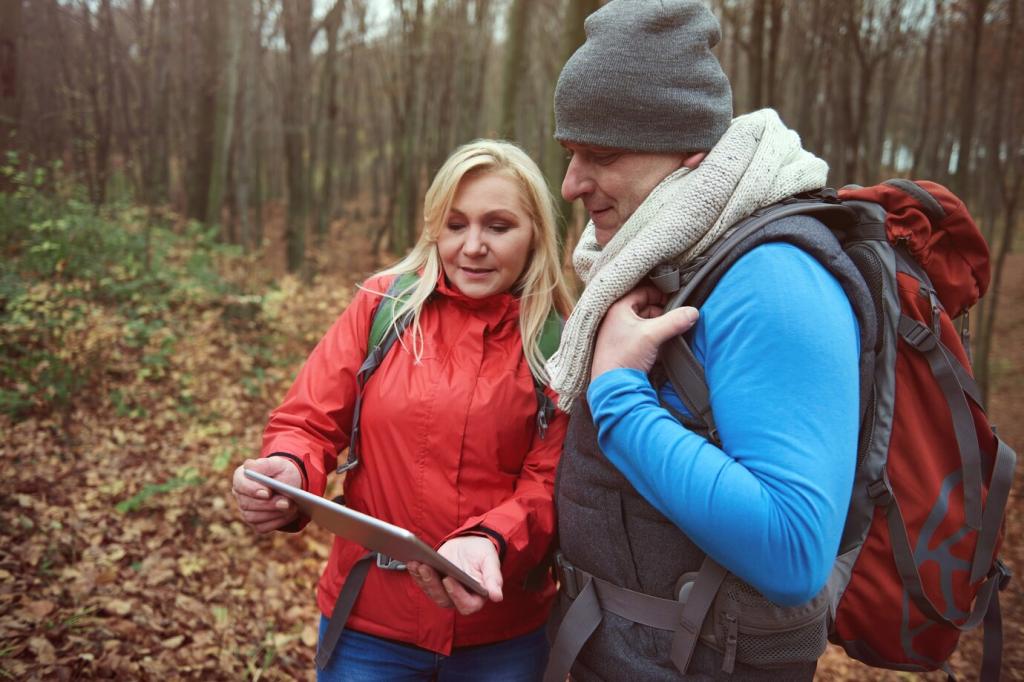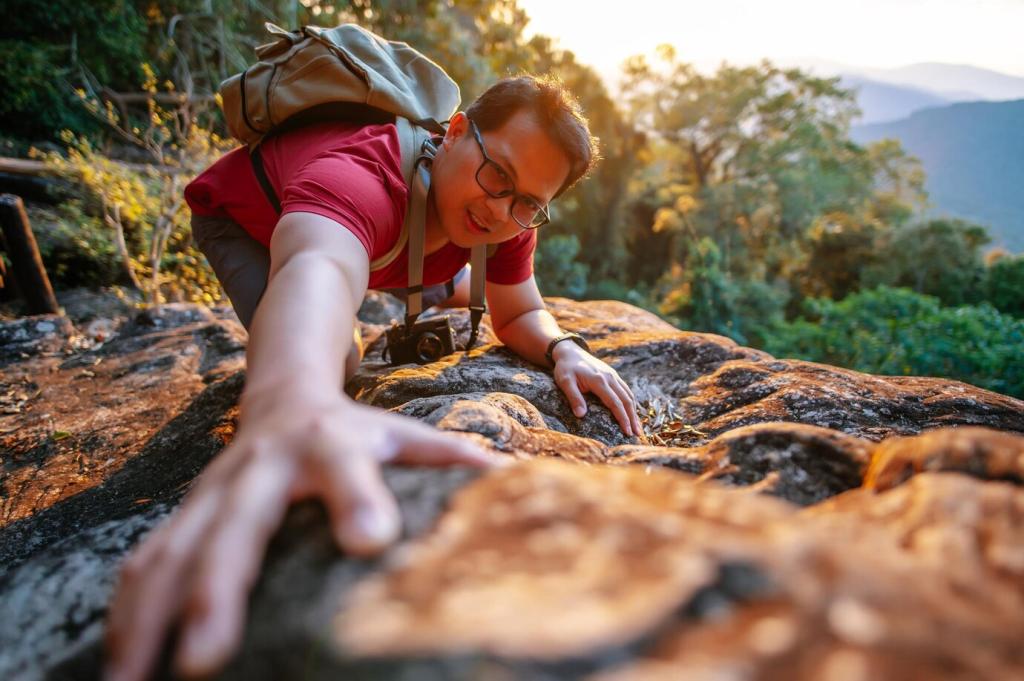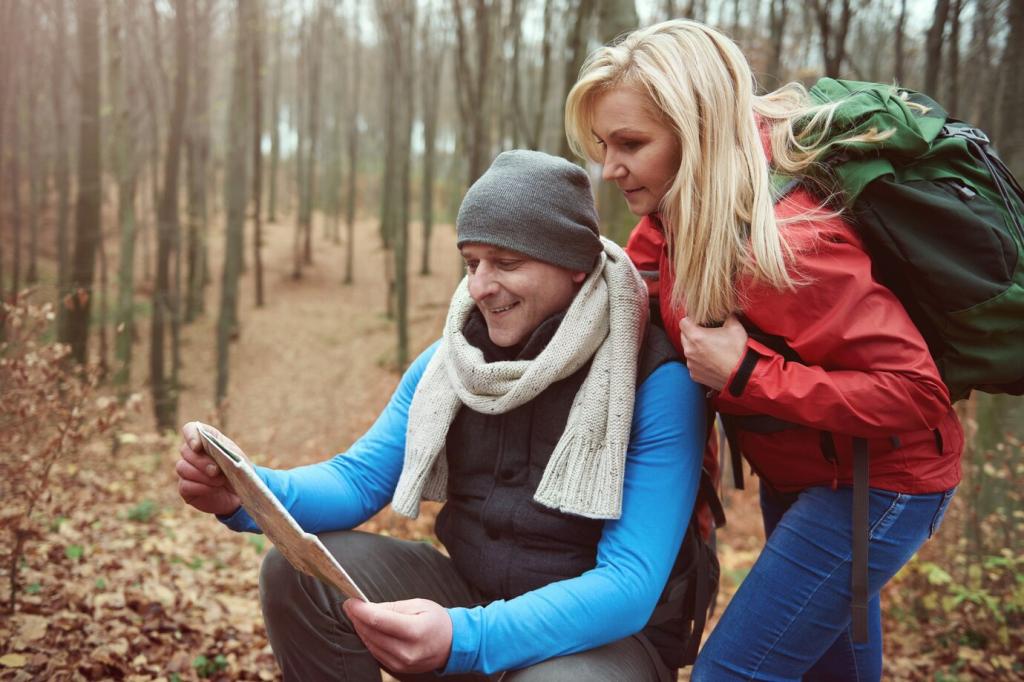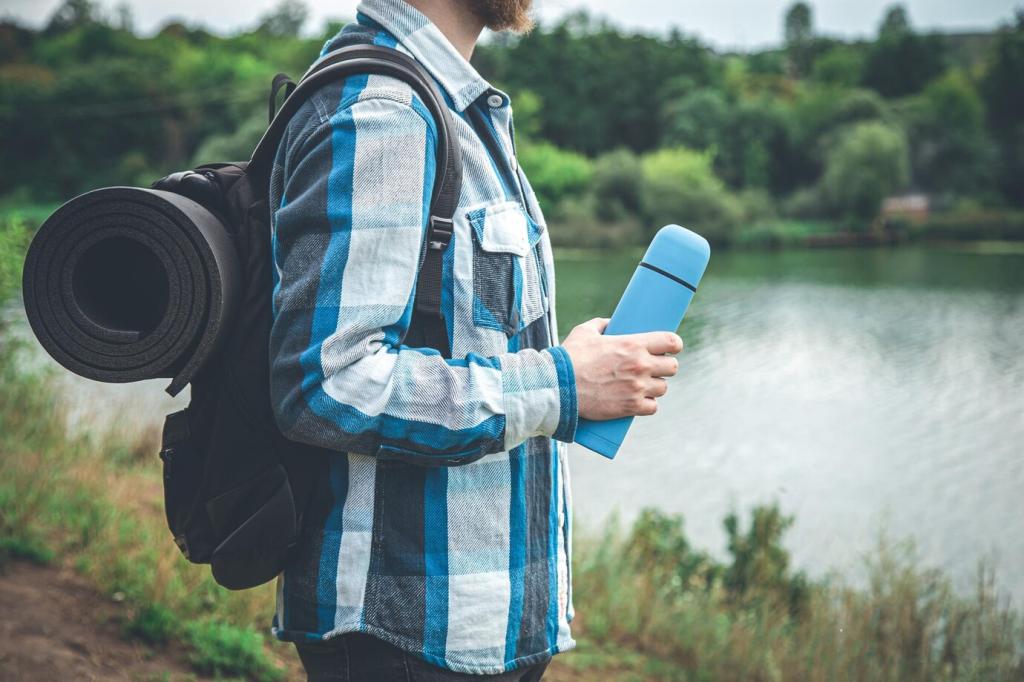Keep Warm on Winter Trails: Essential Hiking Gear Guide
Welcome to your cozy corner for cold-weather trail wisdom. We dive deep into the tools, layers, and clever systems that keep you moving confidently when the mercury sinks. Chosen theme: Winter Hiking Gear to Keep You Warm. Share your favorite winter gear hacks and subscribe for more field-tested insights.


Start with a close, non-compressive base layer in merino or high-quality synthetics to pull sweat off your skin. Skip cotton entirely. Look for extended hems, thumb loops, and a crew or zip neck for venting. Dry skin equals warm skin, mile after mile.

Down delivers unbeatable warmth-to-weight in deep cold, while synthetic shines when sweat and spindrift join the party. Many hikers carry both: a breathable fleece for movement and a big puffy for stops. I once saved a frigid summit break by swapping into a dry spare midlayer.

A windproof, water-resistant shell prevents convective heat loss. Pit zips and two-way front zippers keep heat in check on climbs. Softshells breathe beautifully in light snow; hardshells excel in storms. Vent before you sweat, and you will stay warmer for longer pauses.
Warm Feet That Keep Moving: Boots, Socks, and Gaiters
Insulated Boots and Fit Matters
Choose boots with appropriate insulation ratings—200g for brisk moves, 400–600g for long pauses. Ensure toe room to wiggle and circulation; tight equals cold. Removable liners dry faster. A partner once revived numb toes by swapping damp insoles during a windy ridge traverse.
Sock Systems That Actually Work
Pair a thin merino liner with a mid-to-heavy merino outer sock for moisture control and cushion. Avoid compression that strangles warmth. In extreme cold, a vapor barrier liner prevents sweat from soaking insulation. Practice at home to dial comfort before a frozen trail day.
Gaiters and Underfoot Traction
Knee-high gaiters block spindrift and keep pants dry. Microspikes bite on firm snow, snowshoes float on powder, and crampons tackle ice and steep terrain. Check compatibility and fit. Prevent snow bridging underfoot by clearing packed snow during breaks to maintain consistent warmth.

Heat and Hydration: Fuel Your Furnace
Use wide-mouth bottles in neoprene sleeves and store them upside down so the ice forms at the bottom. Hot tea with honey or lightly salted broth boosts warmth and hydration. Electrolytes help absorption even in the cold, reducing the risk of sluggish, chilly muscles.
Winter Navigation and Mobility Upgrades
Trekking Poles with Snow Baskets
Large baskets prevent poles from plunging uselessly into powder, saving energy and protecting balance. Adjust straps so you can release quickly if you fall. A slushy brook crossing once stayed drama-free thanks to baskets that held firm on the weak edge.
Choosing Traction: Spikes, Shoes, or Crampons
Microspikes shine on packed trails, snowshoes add float in drifts, and crampons bite on steep, icy pitches. Sometimes carrying two options is smartest. Make the call at the trailhead and reassess often, so your feet stay warm by moving efficiently and safely.
Power and Light in the Cold
Cold saps batteries fast. Use lithium cells, keep spares close to your body, and rotate them during breaks. Headlamps with big buttons work better in mittens. Warm devices last longer, keeping navigation reliable when temps and nerves both run low.
Packs, Shelter, and Camp Routines for Warmth
Keep puffy layers and shell at the top, not buried. Use a foam pad in your pack to double as a sit pad during breaks. Aim for short, frequent stops under five minutes, preventing core temperature drops that are hard to reverse.
Packs, Shelter, and Camp Routines for Warmth
A bothy bag, compact tarp, or even a snow wall can create a microclimate in minutes. Practice setup with gloves. On a bitter ridge day, a small group shelter turned a shivering lunch into laughter, hot cocoa, and quick recovery.


